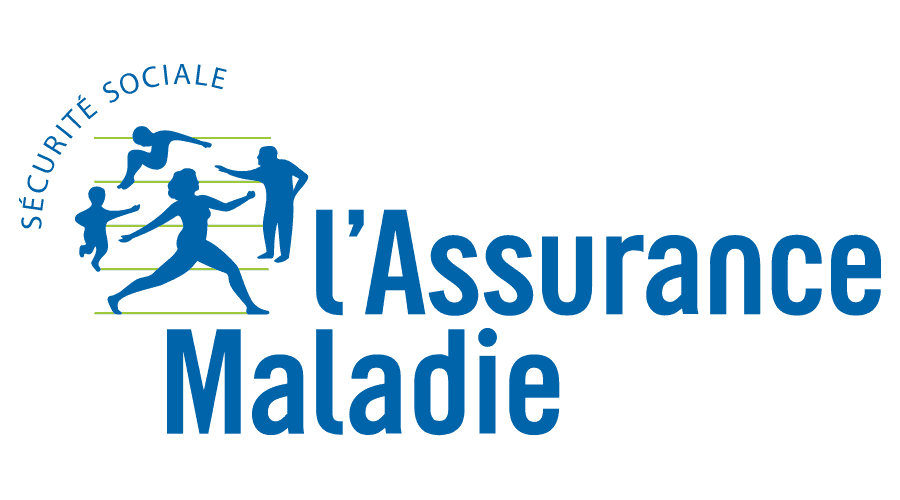




 Services
Blog
Français
Services
Blog
Français
Schema migration consists of altering a database structure. For example, adding a column, an index …
When creating a Django model, running the syncdb command can create the tables. But syncdb doesn’t support schema migrations. So when modifying a Django model, reflecting the changes on to the database is left as an exercice for the sysadmin.
If you don’t speak fluent SQL, use the sqldiff command from django-extensions. It compares the database structure with the actual models for an app, and output SQL migration code. Installing the sqldiff command is really easy:
Why doesn’t django_extensions provide a command to directly apply the generated SQL ?
Don’t forget to document migrations in the CHANGELOG file.
django-evolution provides the “evolve” command which basic usage is:
django-evolution is great to learn about migrations because it’s very easy to use. The installation process is the same as for django_extensions mentionned above, except that it has models so it requires to run syncdb after installation. Note that you should not do model changes before django-evolution’s models are installed.
nashvegas is slightly more evolved. It allows for example to combine SQL and python migrations. For example, if you add an “author” column to your Blog model and want it set to your user by default, then you can combine SQL and python for the same migration.
Nashvegas is as easy to install as any django app:
All nashvegas cares about is the files in a subdirectory of the project root called “migrations”. Each file is a migration, migrations are ordered by file name: 0001_initial.sql, 0002_populate.py, 0003_add_column_foo.sql …
To apply missing migrations with nashvegas, run:
./manage.py upgradedb -e
South is the most advanced schema migration available. It has a the highest learning curve, and provides a lot of features that might be out of the scope for daily usage, like rolling back a migration. It may look like a good idea but if you have deadlines then it’s definitively better to pass temporarely on that solution.
South is also easy to install. For an app to be managed by south, a subdirectory called “migrations” is created in it’s root directory. Again, each file in the “migrations” is a migration (duh!). The first migration is a migration from 0 table to the initial structure. Creating it is takes a special command line:
./manage.py schemamigration yourapp --initial
If the tables don’t exist (ie. you haven’t called syncdb yet or are ready to drop the table), then you can apply it normally:
./manage.py migrate yourapp
But you can’t do that if the tables already exist and that you don’t want to drop them. “Converting an app to south” is documented. Basically you have to “fake” the migration. “Faking” a migration, is telling south that it’s done, without actually doing any modification to the database:
./manage.py migrate yourapp --fake
There is also a Django wiki page about schema migrations.




